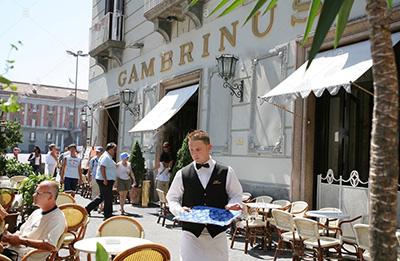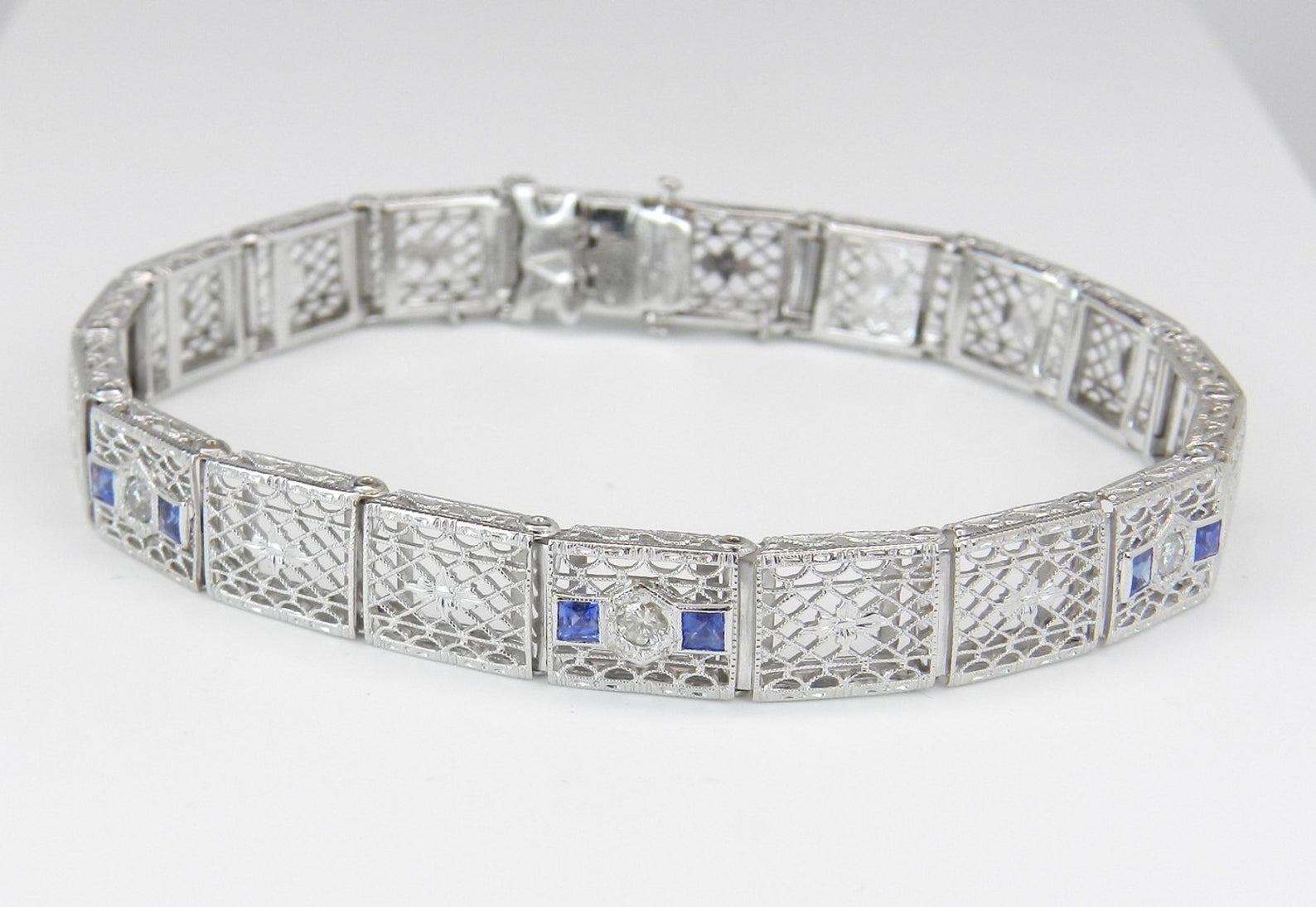“I am nothing, nothing of my own, nothing that has really begun or really been brought to completion: only a tangled knot, and nobody, not even the one who at this moment is writing, knows if it contains the right thread for a story or is merely a snarled confusion of suffering without redemption.” – Giovanna, on contemplating her past.
 Giovanna Trada begins this first-person account of her life and dreams when she is only twelve, a young adolescent who is beginning to have doubts about what she has always taken for granted during her earlier childhood. An only child, she has felt close to her parents, her father always able to make her smile and laugh. Her mother, who had been her father’s childhood sweetheart, has aways been a sensitive listener, but she has become increasingly concerned about Giovanna’s problems at school. Both parents, working hard as teachers, try to ensure that Giovanna studies diligently, and Giovanna claims that she does, but both parents are getting frustrated at her lack of progress. An argument between her parents, who believe that Giovanna is out of earshot, creates a situation which instantly illustrates “the lying life of adults,” as Giovanna sees it. Her loving father lets slip his true reaction to her issues, indicating angrily that Giovanna’s adolescence has nothing to do with her problems. Instead, he says, “She’s getting the face of Vittoria,” his sister, the family pariah, whose “ugliness and spite were combined to perfection.” Giovanna has always imagined Vittoria as a “childhood bogeyman, a lean, demonic silhouette, an unkempt figure lurking in the corners,” and she does not understand how her own face, previously regarded by her father as pretty, could have suddenly become that of a monster.
Giovanna Trada begins this first-person account of her life and dreams when she is only twelve, a young adolescent who is beginning to have doubts about what she has always taken for granted during her earlier childhood. An only child, she has felt close to her parents, her father always able to make her smile and laugh. Her mother, who had been her father’s childhood sweetheart, has aways been a sensitive listener, but she has become increasingly concerned about Giovanna’s problems at school. Both parents, working hard as teachers, try to ensure that Giovanna studies diligently, and Giovanna claims that she does, but both parents are getting frustrated at her lack of progress. An argument between her parents, who believe that Giovanna is out of earshot, creates a situation which instantly illustrates “the lying life of adults,” as Giovanna sees it. Her loving father lets slip his true reaction to her issues, indicating angrily that Giovanna’s adolescence has nothing to do with her problems. Instead, he says, “She’s getting the face of Vittoria,” his sister, the family pariah, whose “ugliness and spite were combined to perfection.” Giovanna has always imagined Vittoria as a “childhood bogeyman, a lean, demonic silhouette, an unkempt figure lurking in the corners,” and she does not understand how her own face, previously regarded by her father as pretty, could have suddenly become that of a monster.
Very much in the tradition of her previous Neapolitan Quartet, author Elena Ferrante delves deeply into the psychology, culture, and social and romantic goals of characters whom the reader comes to know from within. In the course of the novel, she first presents Giovanna, her family, and their friends – those living at the top of the hill in Naples – and sets up contrasts between their lives with those who live at the bottom of the hill, a much poorer area in which life is far more difficult. When Giovanna decides she wants to meet her mysterious aunt, the “demon” at the bottom of the hill, the family’s interrelationships become more complex. Giovanna’s father grew up at the bottom of the hill, and he has worked for his whole career to expunge that dialect from his speech and become more restrained and thoughtful, unlike those “howling shapes of repulsive unseemliness” who live at the bottom. Vittoria and some others in the family are understandably envious of his success, but Vittoria also has a special reason for her hatred – she has never forgiven her brother for destroying the love of her life.
Gradually, other stories responsible for the hostility between Giovanna’s father and his extended family in metropolitan Naples emerge when the father agrees to help Giovanna meet Vittoria. As time passes, however, Giovanna and Vittoria continue to meet, and Giovanna also becomes friendly with the family and children for whom Vittoria works as a maid there. The marriage of Giovanna’s parents begins to crack, and Vittoria tells Giovanna to pay close attention to their arguments and actions to learn what is happening behind the scenes. Gradually, Giovanna begins, for the first time, to see and recognize the depth of the deceptions that both of her parents have been promulgating. Complex details involving all of these characters give new meaning to the “lying lives” of the adults. While these revelations are occurring, Giovanna herself is feeling her own sexual interests come alive, adding intensity to the atmosphere and more tension in Giovanna’s life.

In her teens, Giovanna met with friends at Gambrinus, one of Naples’s most famous caffes. Photo by Tony French.
During Giovanna’s teens, the relationships of those around her are constantly changing – among her parents, her friends, and those she hopes to befriend. It is not until she, not yet even a “late teen,” meets a handsome man in his mid-twenties, that she begins to pay more attention to issues of love. She considers joining his church and getting baptized, and her alienated father even gives her copies of the Gospels, but she finds that she cannot appreciate them, venting her anger both at her own father and at God the Father, and seeing them both in the same light. She has discovered that “I liked lying more and more, I felt now that praying and telling lies provided the same consolation,” though she gets depressed that she has not inherited her parents’ abilities to cover up facts. It is this discovery, more than anything else, that awakens in Giovanna a sense of her responsibilities to herself and her future, and inspires her to make up her “lost year” at school. She becomes a more serious student, though not to the exclusion of romance and a recognition of the importance of sex.
Throughout the novel, a bejeweled silver bracelet acts as a symbol of various relationships. Originally given by Vittoria to Giovanna upon her birth, Giovanna never knew it existed until Vittoria told her to ask her parents about it. It is then that she discovers that it once belonged to Giovanna’s grandmother, on her father’s side, and that it was later given by Giovanna’s father to a lover, someone whom Giovanna has seen wearing it many times. The bracelet gets passed around several more times throughout the novel – stolen, recovered, given away, and “owned” by numerous people, becoming symbolic of love and its lies and complexities throughout the novel. Those who have loved the Neapolitan Quartet will find this novel a good counterpart with its emphasis on psychological development, the inner thoughts and quandaries of its main character(s), and the constant reliving of the past and its mistakes. The emphasis on specific detail helps create a sense of well developed main characters, though some readers will find them shallow in their interests and commitments. The conclusion brings the themes and the symbols to conclusion, and book clubs will have a fine time analyzing the “adult” Giovanna as she makes a life-changing decision in the last pages.
ALSO by Ferrante: MY BRILLIANT FRIEND, THE STORY OF A NEW NAME, THOSE WHO LEAVE AND THOSE WHO STAY, TROUBLING LOVE
Photos. A park at the Villa Floridiana was a favorite place for Giovanna to play as a child, not far from her house. https://commons.wikimedia.org. Photo by sailko
The funicular stretches the entire height of the big hill on which Naples is built. https://en.wikipedia.org
Gambrinus, one of Naples’s most famous caffes. https://www.alamy.com Photo by Tony French
Antique white gold and jewel bracelet, perhaps similar to the one that appears in this novel. https://www.etsy.com



